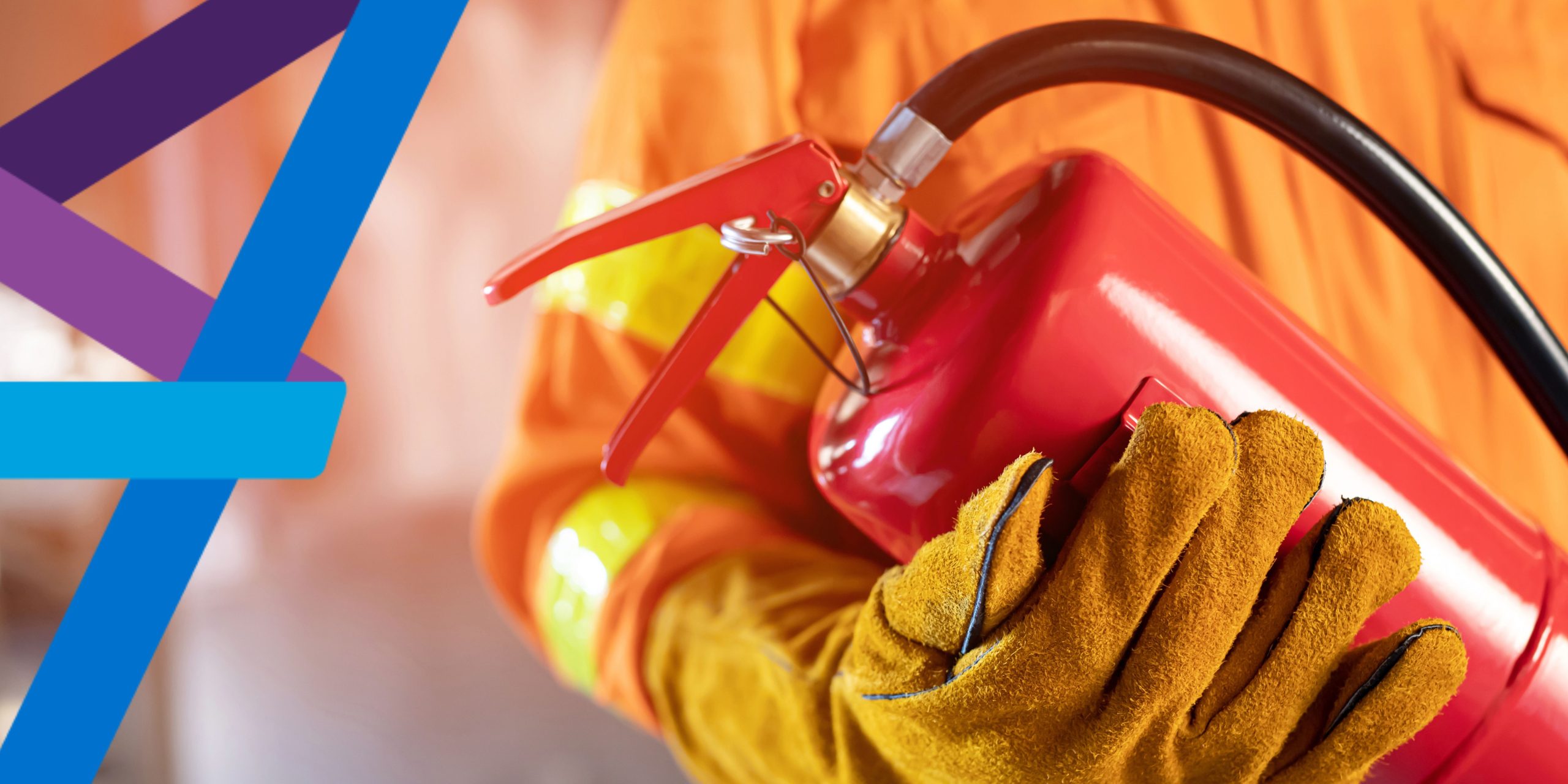Update: Fire Alarm Activation in Scotland

From 1st July 2023 there is a new fire alarm response policy created by the Scottish Fire and Rescue Service (SFRS).
What’s the change?
Following consultation in 2021, the SFRS has introduced a new policy called ‘call challenge’ in order to address the high rate of false alarms. This policy applies to calls generated by automatic fire alarm systems, whether they come through emergency 999 calls or alarm receiving centres (ARCs). Under the new policy, fire appliances will not be dispatched unless the caller confirms the presence of a fire or signs indicating a fire. In some cases, the number of dispatched appliances may be reduced until the fire is confirmed.
Why the change?
SFRS have an unsustainable level of unwanted fire alarm signals (UFAS), for example statistics from SFRS show that approximately 30% of calls attended are false alarms which costs the service about £700,000 a year. By implementing this new policy the SFRS estimate a saving of 64,000 hours per year of their staff, which frees them up to attend confirmed calls.
It is crucial to conduct safe investigations of activated fire alarms before involving the fire service. We’ve looked into the guidance and summarised some key points to help you comply with the new SFRS UFAS policy
Please note that this policy applies to all premises except those with sleeping accommodation, such as hotels, in-patient hospital buildings, and care homes. The policy also excludes alarm signals triggered by manual call points, as they typically indicate a real fire. Heat detectors and sprinkler systems, known for their reliability, are not affected by this policy as they produce minimal false alarms and only activate during significant fires.
However, it is still important to promptly investigate alarm signals from a single smoke detector, as they often indicate the presence of a small fire that can be extinguished using portable fire extinguishers.
What do I need to do?
As an employer, you have a legal obligation to ensure the safety of your employees and their ability to perform their tasks. This means that arrangements for investigating fire alarm signals should be based on a risk assessment, allowing for a balanced approach that maintains safety standards, we’ve written an example below. If you’re responsible for a workplace, it’s important to investigate and verify whether an activated alarm is genuine before calling 999. The SFRS will ask for confirmation of a fire or signs of fire before dispatching their resources. Signs of fire can include visual flames, the smell of smoke or burning, or any fire alarm signal other than a single smoke detector.
Example Fire Alarm Response Document:
On discovering a fire, the first and immediate action to be taken is to raise the alarm by operating the nearest fire alarm break glass call point. Trained persons may tackle the outbreak using the fire appliances provided but only if it is safe to do so. If in doubt, evacuate following normal procedure.
On hearing the alarm signal all personnel are to evacuate via the nearest escape route and are to proceed to the identified assembly point.
The Fire Brigade will only attend automatically if one of the following apply:
- There is an activation of a multi-sensor detector (heat & smoke combined).
- A heat detector is triggered
- A sprinkler system is triggered
- A manual call point is pressed
- At least two or more detectors have activated
In all other scenarios, the nominated Fire Warden or Fire Coordinator must call 999 to request the attendance of the Fire Brigade.
Fire Wardens are responsible for ensuring the safety of visitors and contractors in the area under their control. All visitors, including contractors, must be registered so that a roll call can be held at your assembly point and the results reported to the Fire Coordinator. All personnel are to remain at the assembly point until their Fire Warden gives further instruction.
If anyone has information in connection with the outbreak of fire, this is to be given to the Fire Wardens who will relay to the site Fire Coordinator, who will relay this information to the Fire Brigade.
For safety during an evacuation:
- Do not use lifts during a fire evacuation.
- Remain calm and proceed in an orderly manner.
- Do not delay to finish an important call.
- Do not delay to collect personal belongings.
- If your normal escape route is obstructed by fire, turn away and go to your secondary escape route.
- Give assistance as necessary to anyone experiencing difficulty and do not hesitate to ask for help if you need it.
- Do not re-enter the building until the site Fire Coordinator advises that it is safe to do so
- When safe to do so, notify the managing agent that there has been a fire alarm and an evacuation of the building.
- When the fire has been extinguished and the fire service are satisfied that the building is safe to re-occupy, the site Fire Coordinator will give instruction to the Fire Wardens for personnel to re-enter the building.
Anything else?
Make sure your Fire Wardens (sometimes referred to as Fire Marshals) are familiar with the evacuation procedure, including their specific areas of responsibility. Fire Wardens should be trained appropriately, so check out our Fire Warden online e-learning course or get in touch with us to discuss in-person training.
If you have any questions or need further information, please don’t hesitate to contact us. We are here to support you in navigating these changes and ensuring the safety of your premises.
Our content is correct at the date of publishing, but should not be taken as legal advice, and our articles don’t replace Risk Assessments. Armour will not be held accountable for any legal actions the reader may take.

